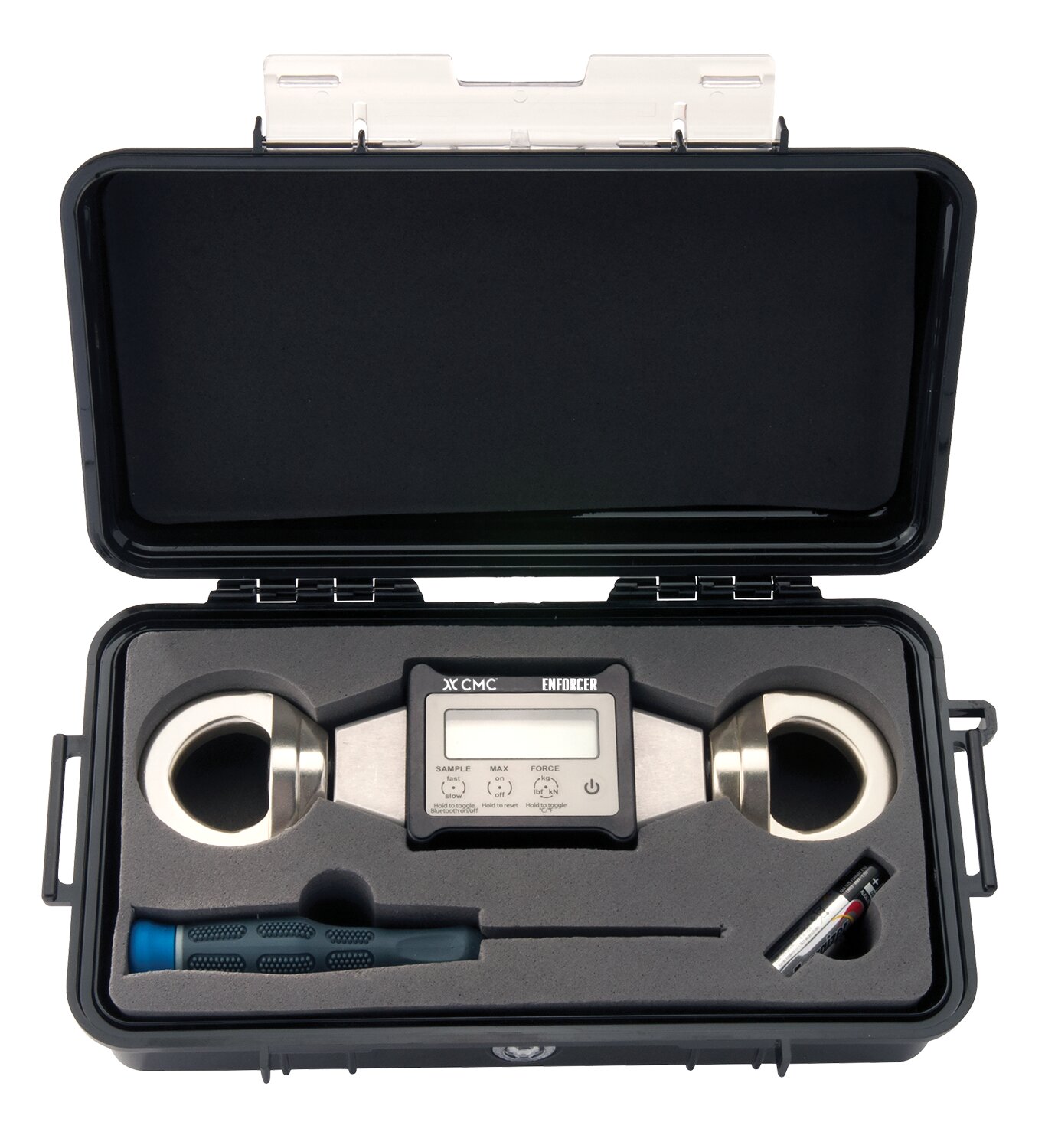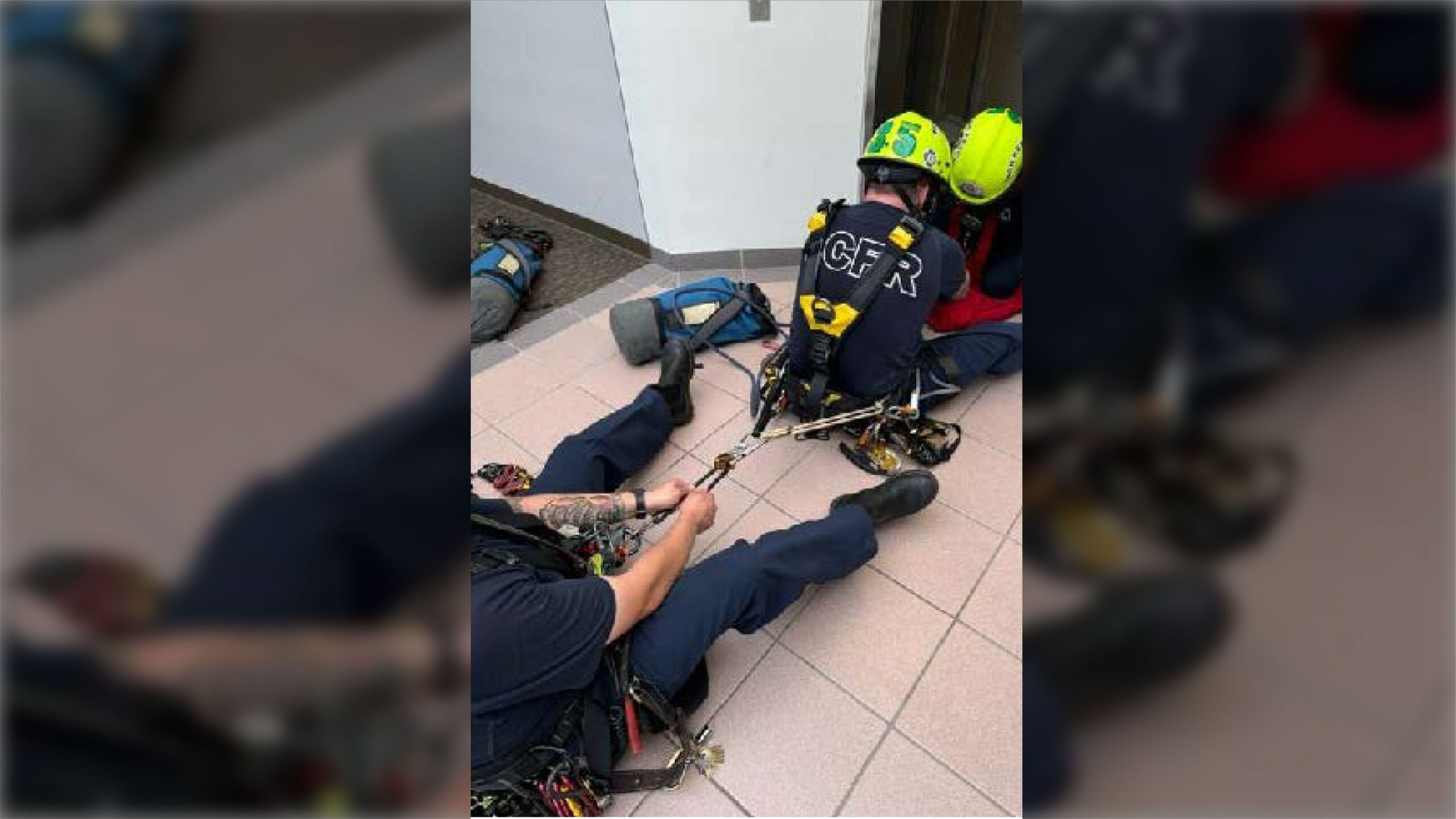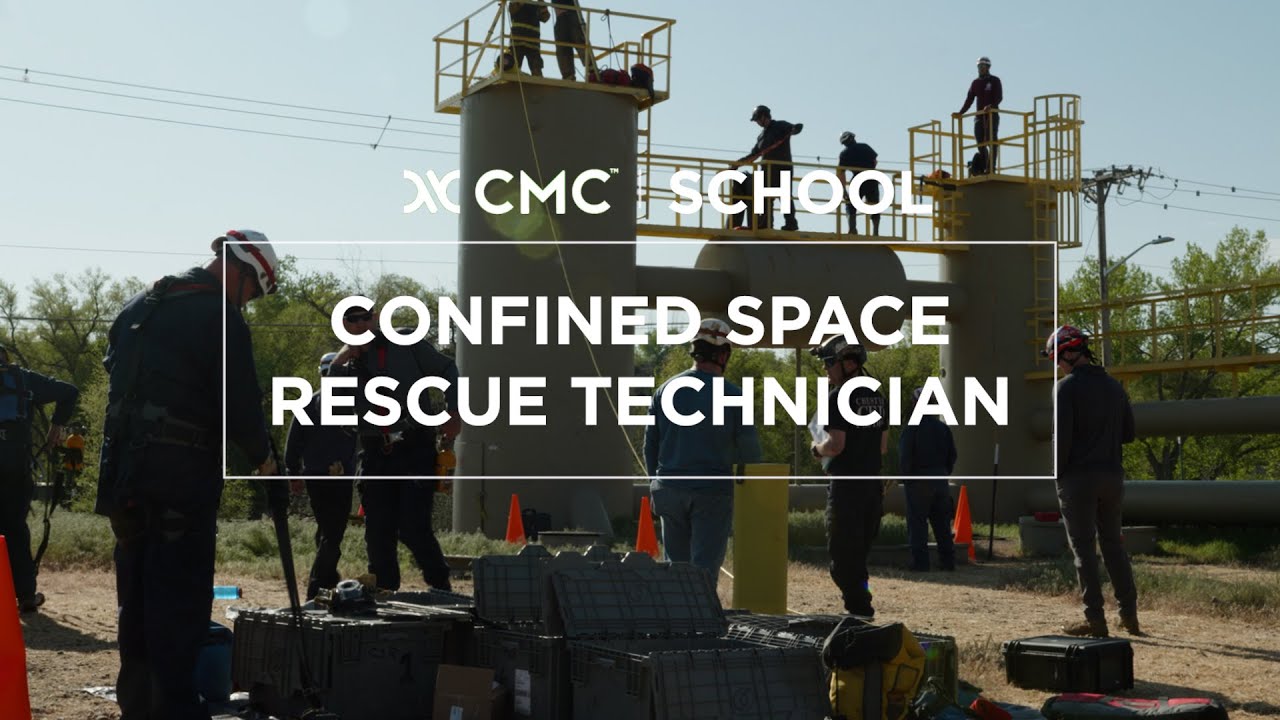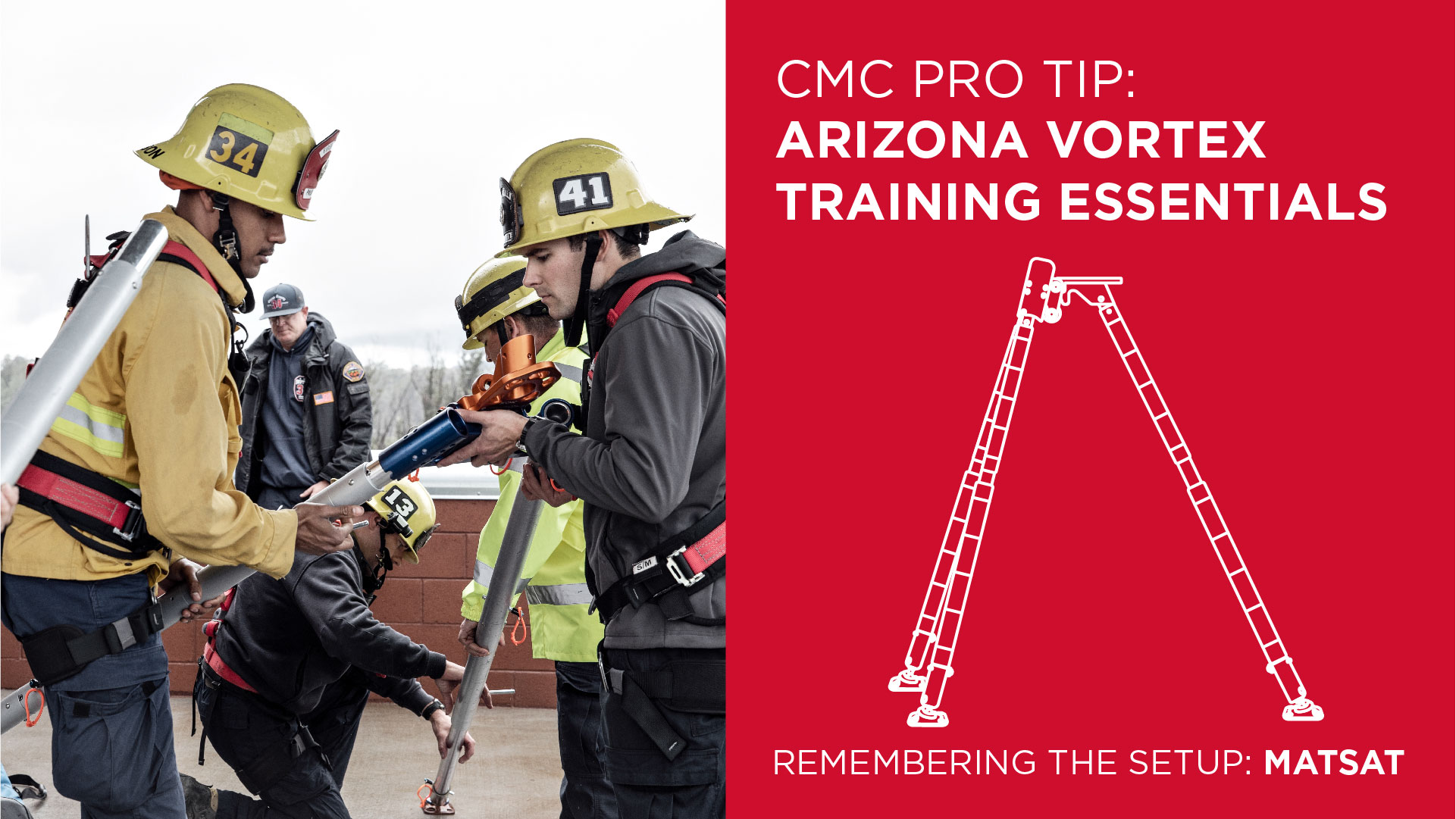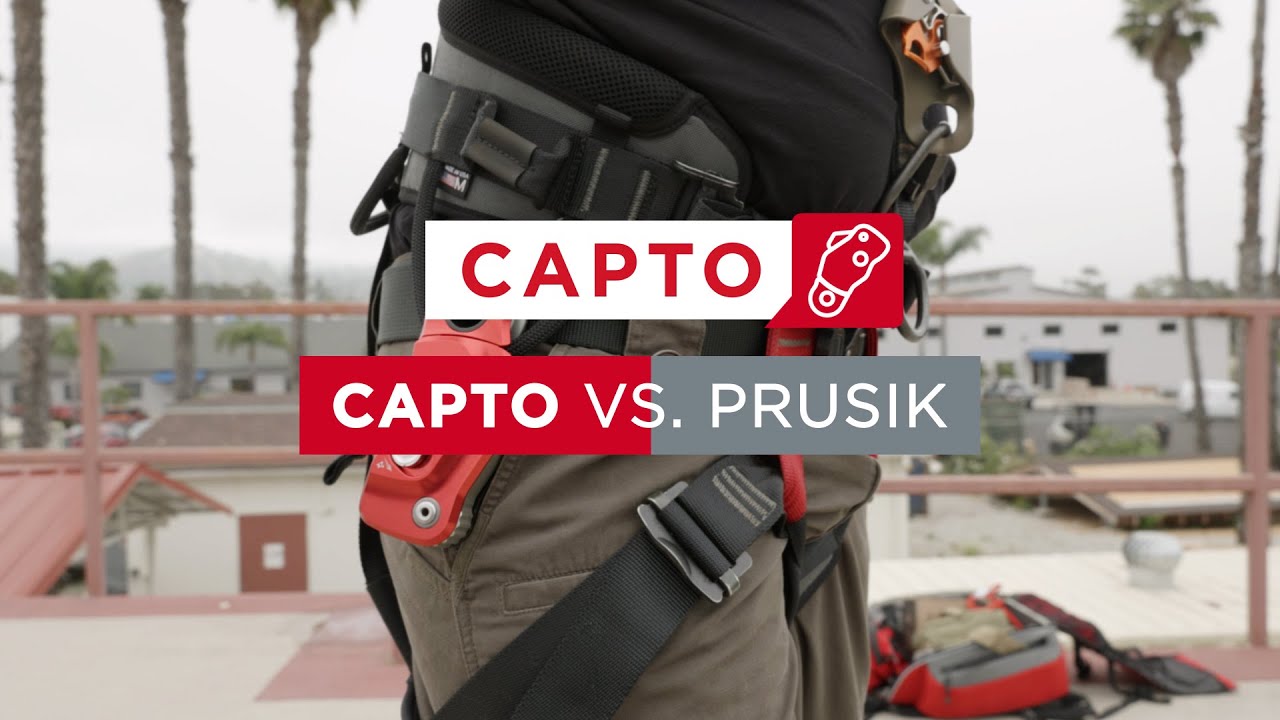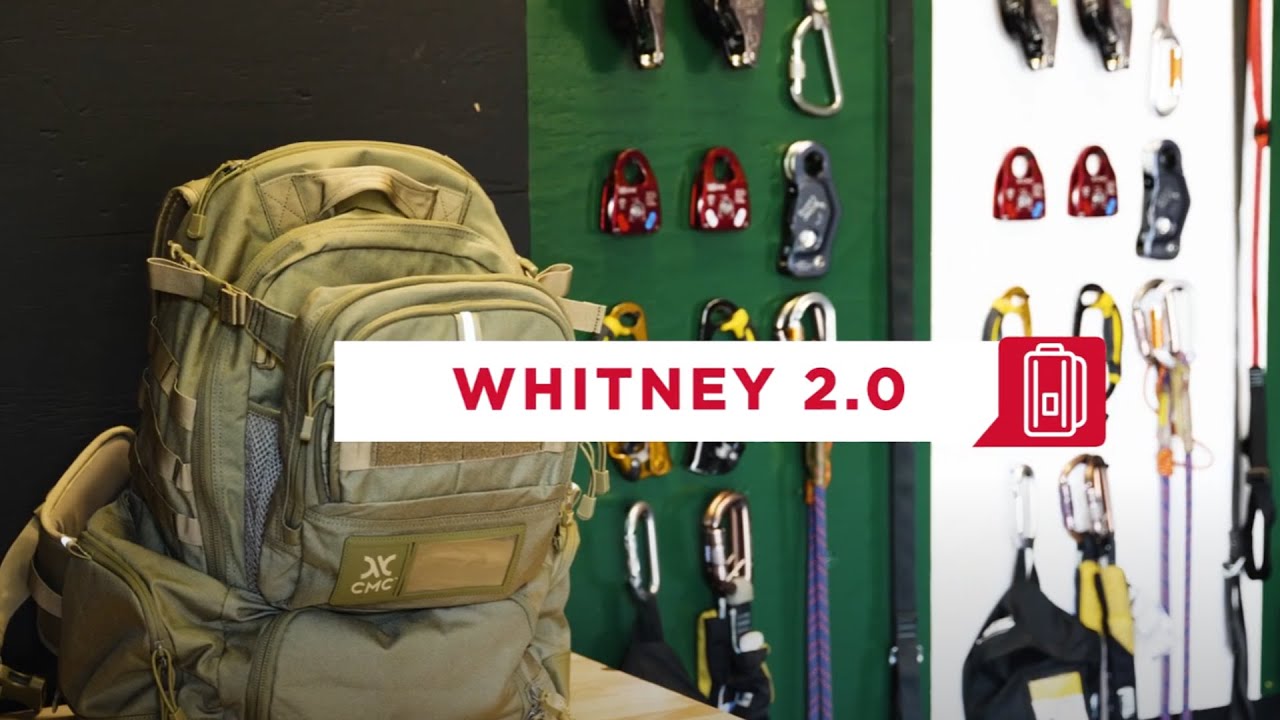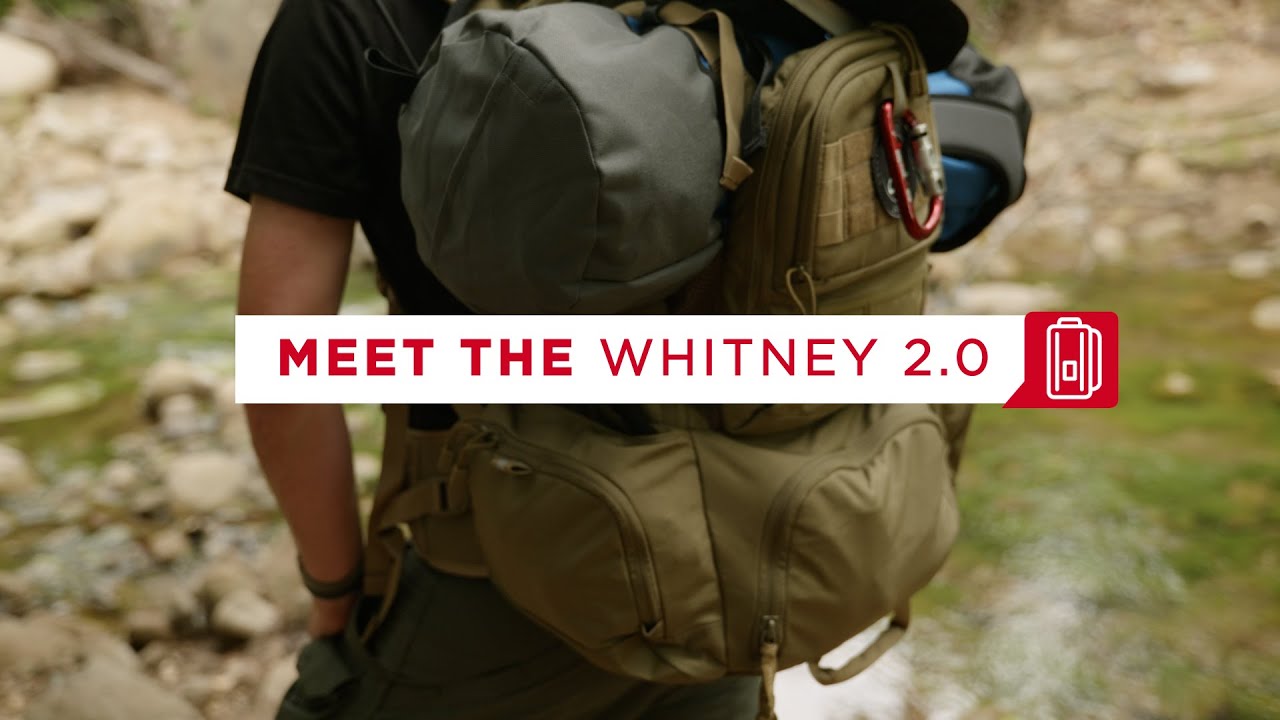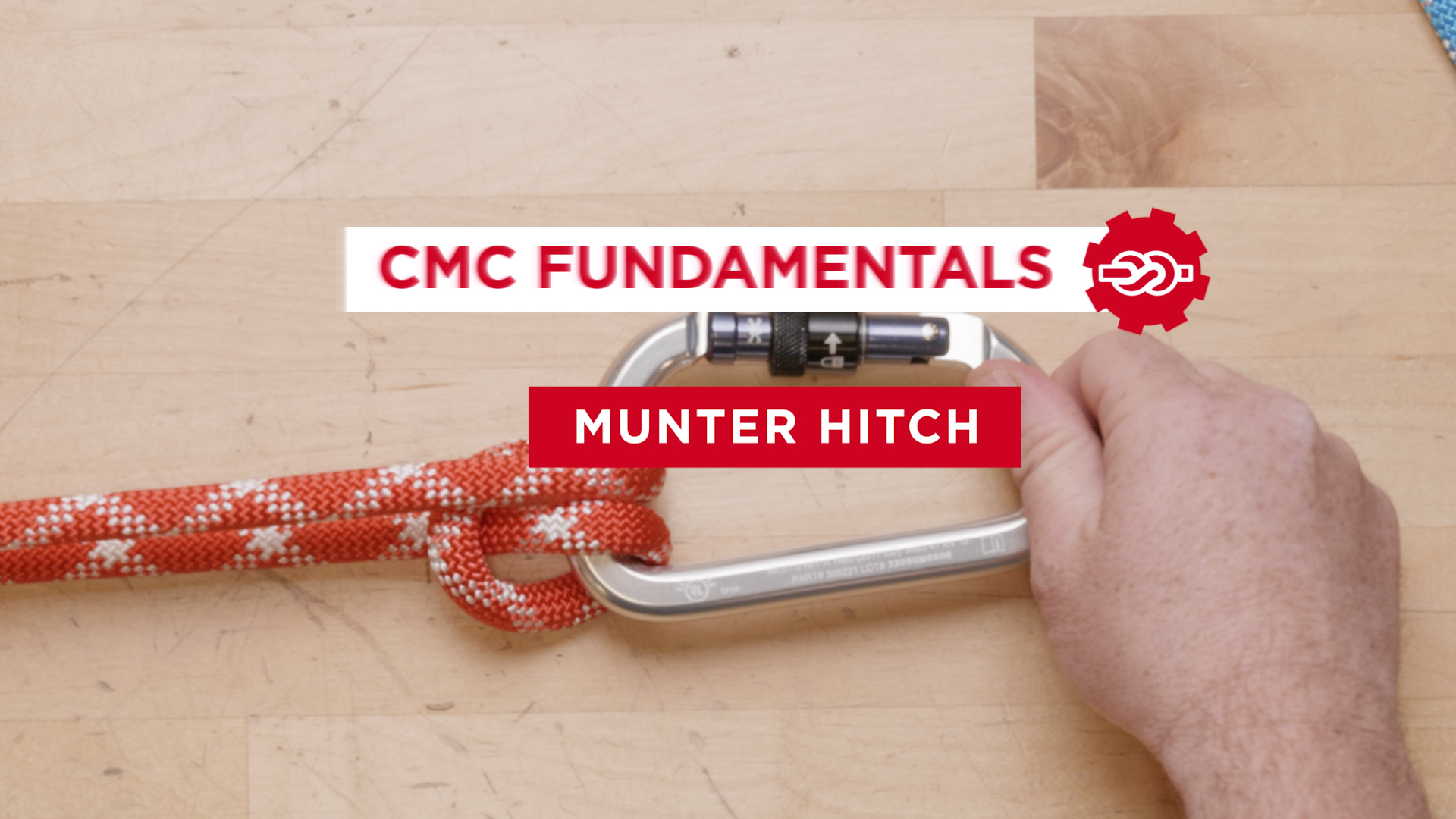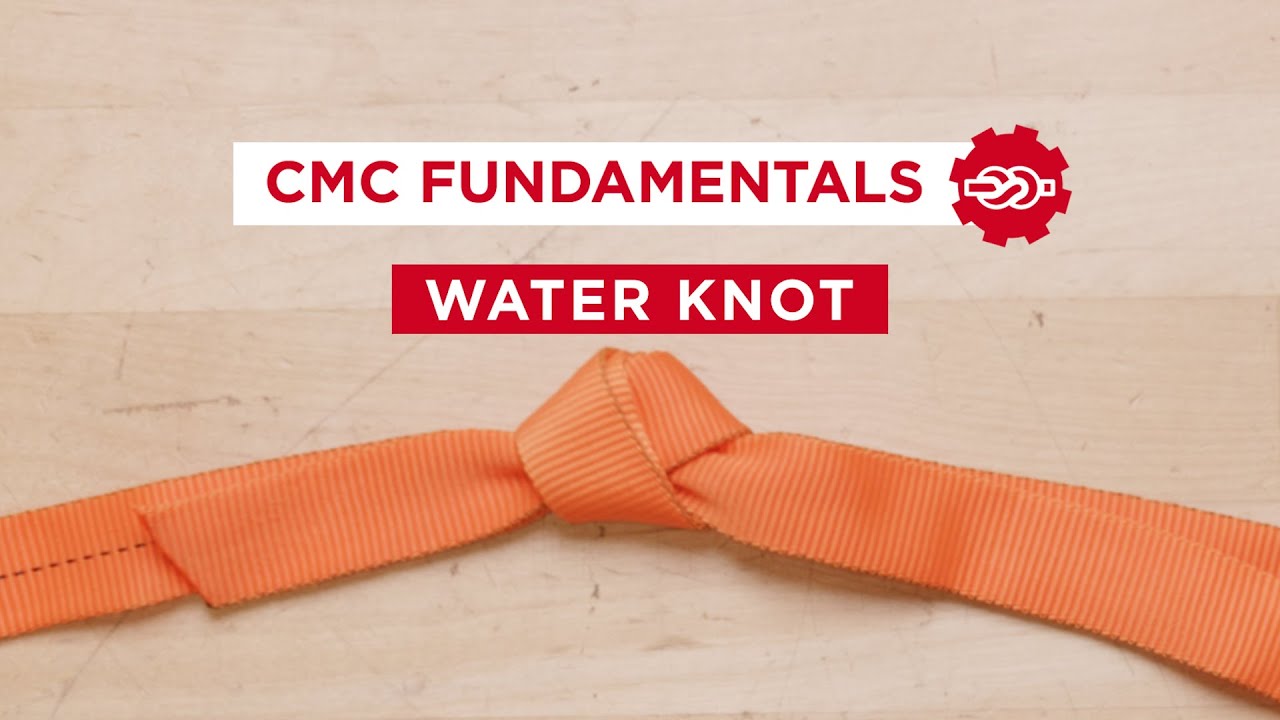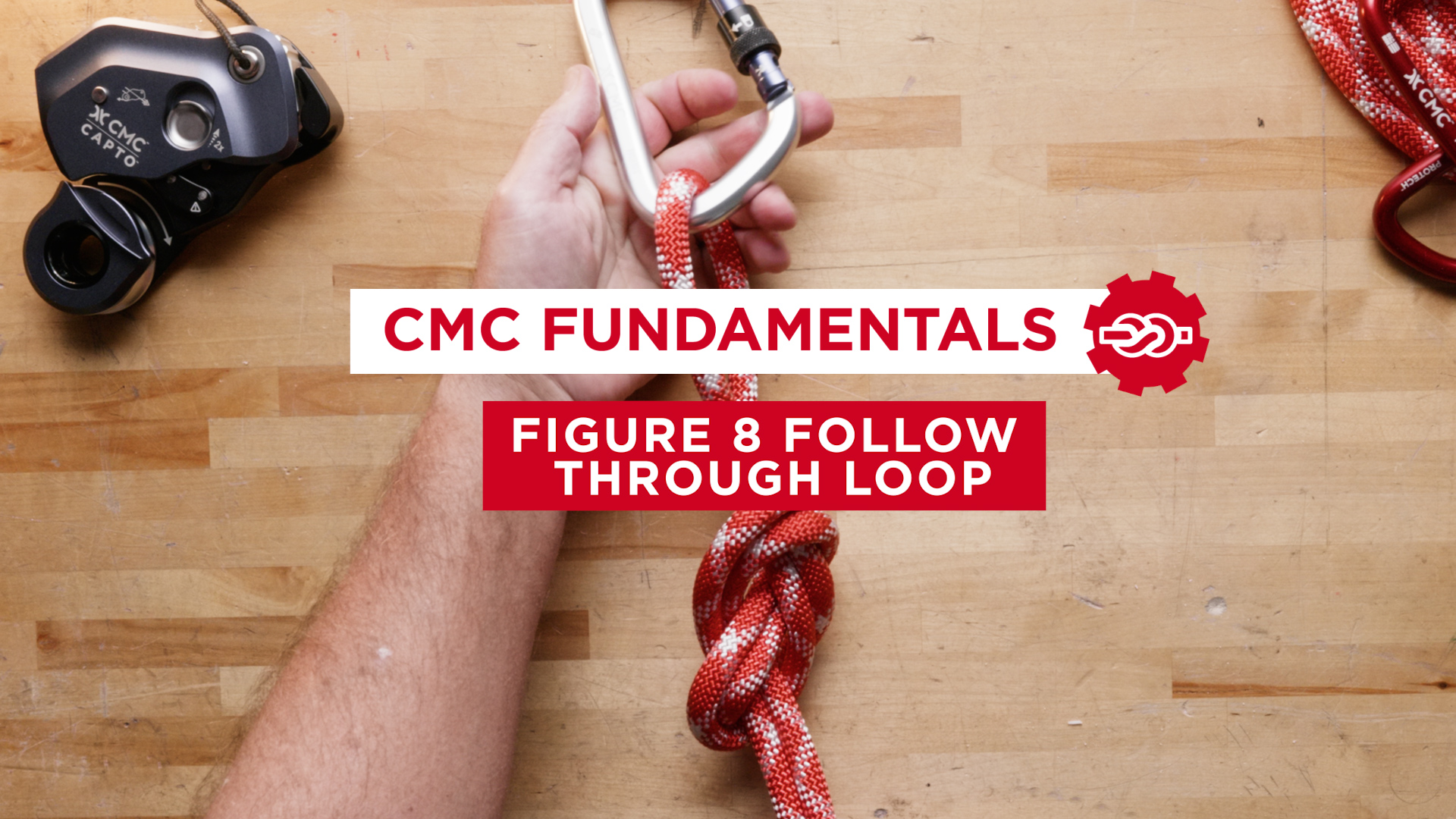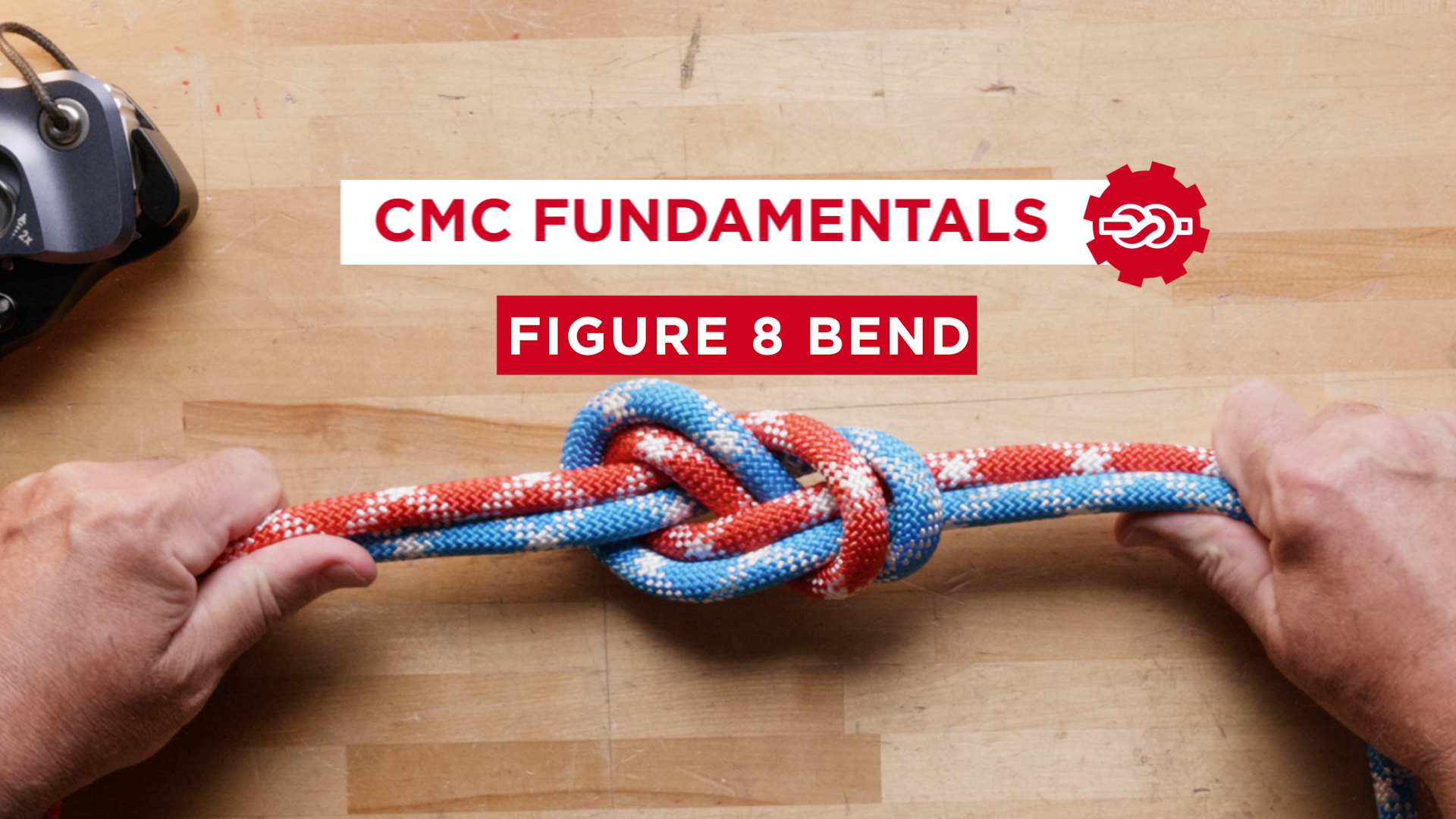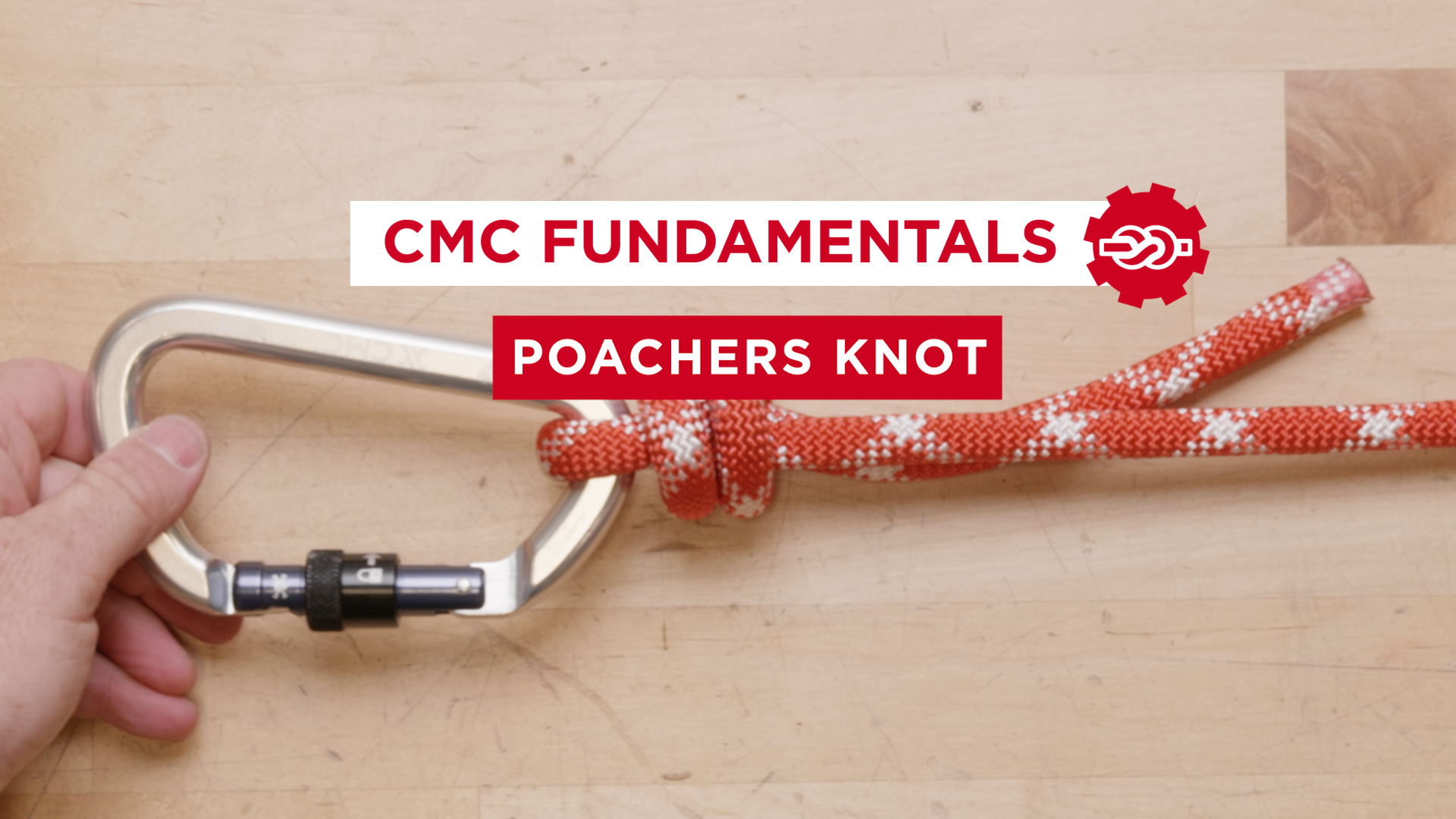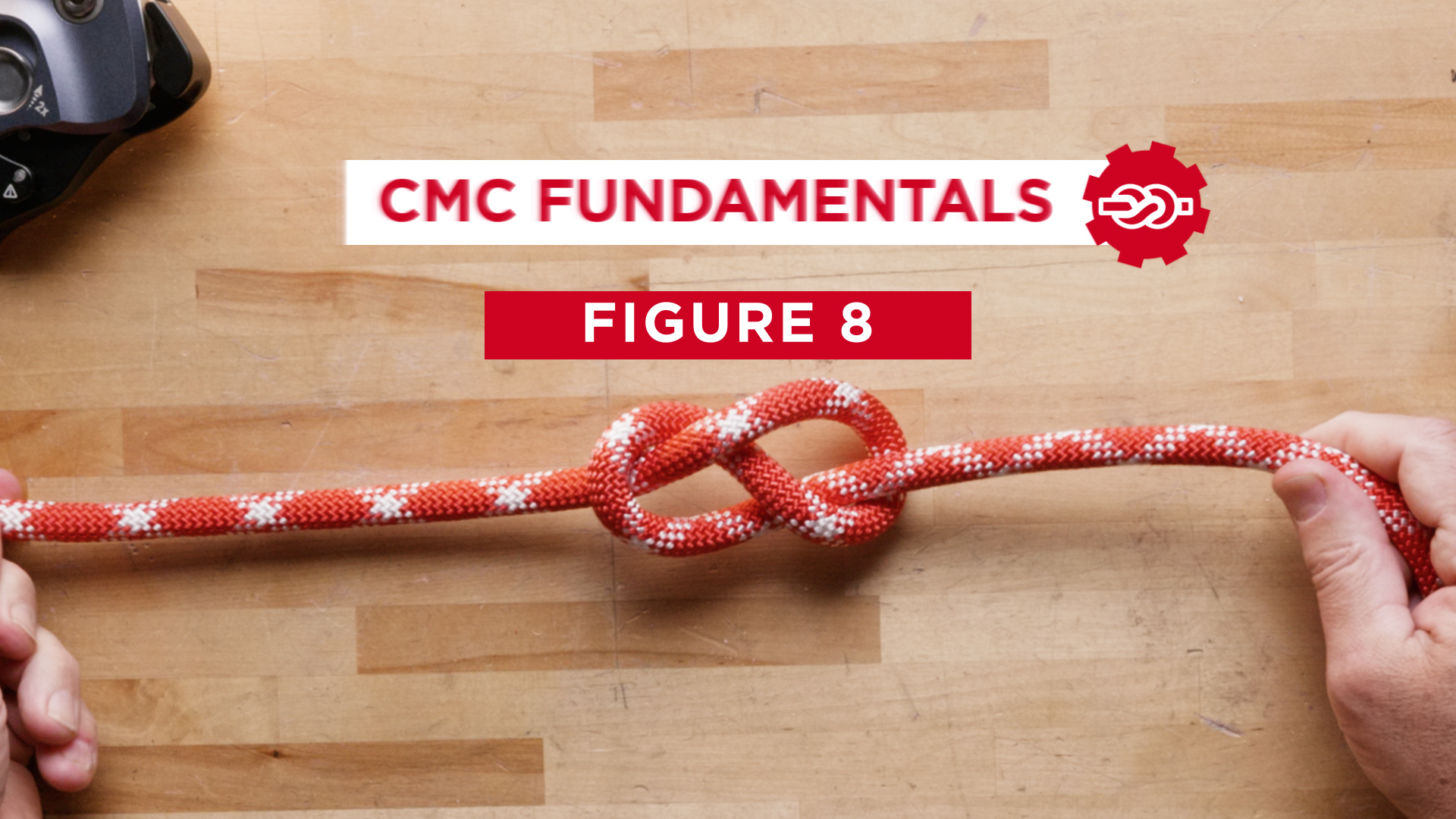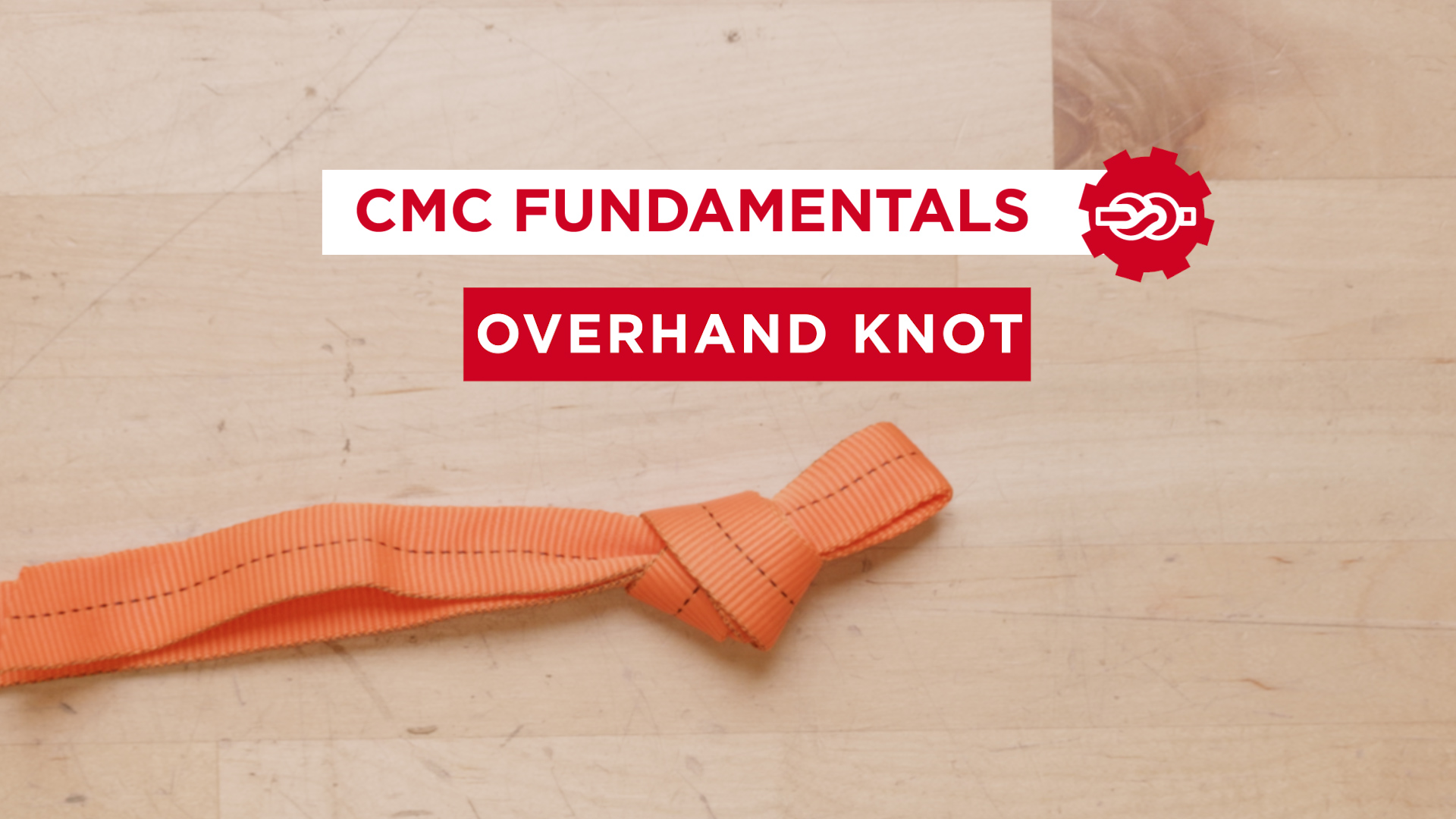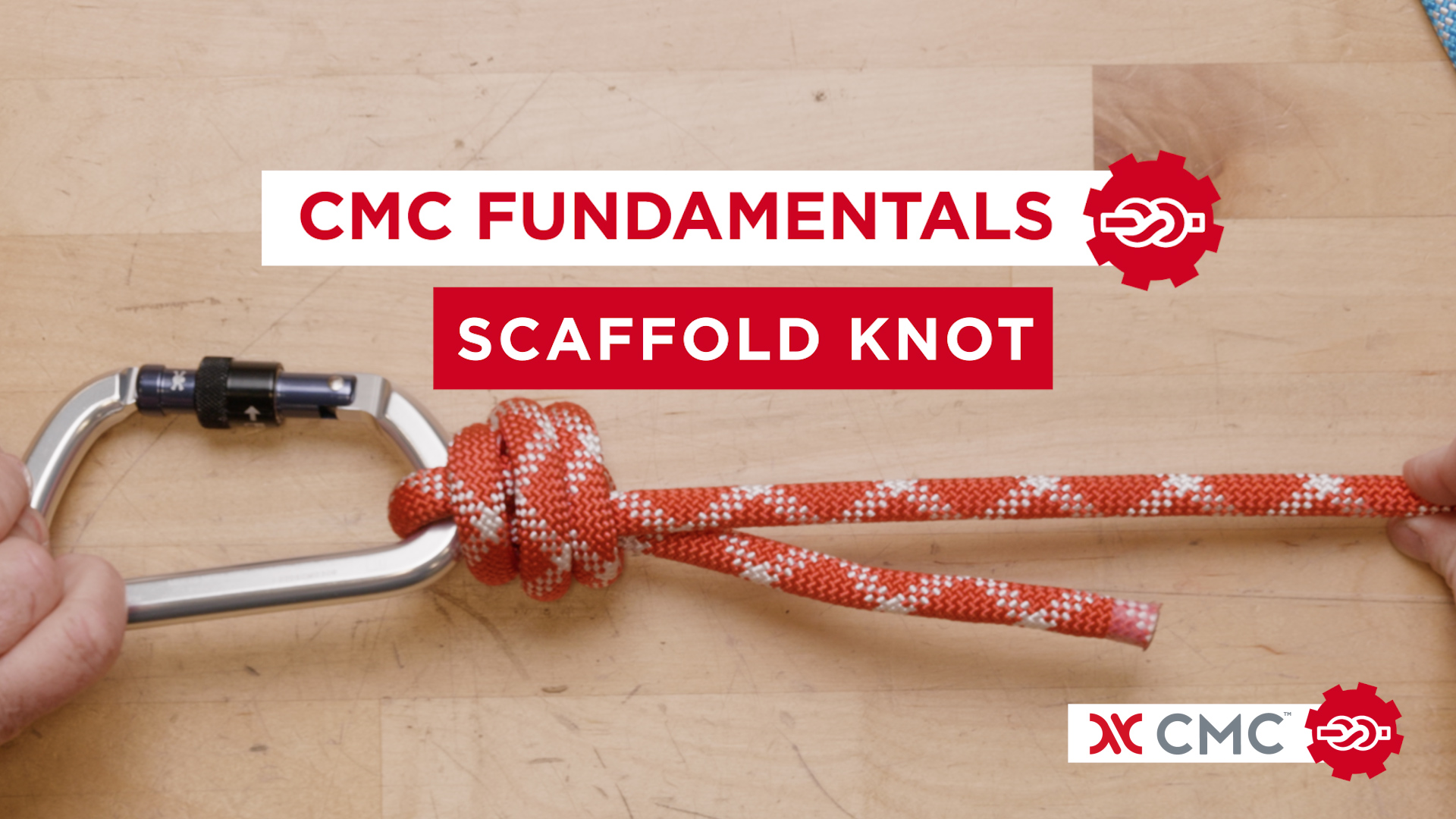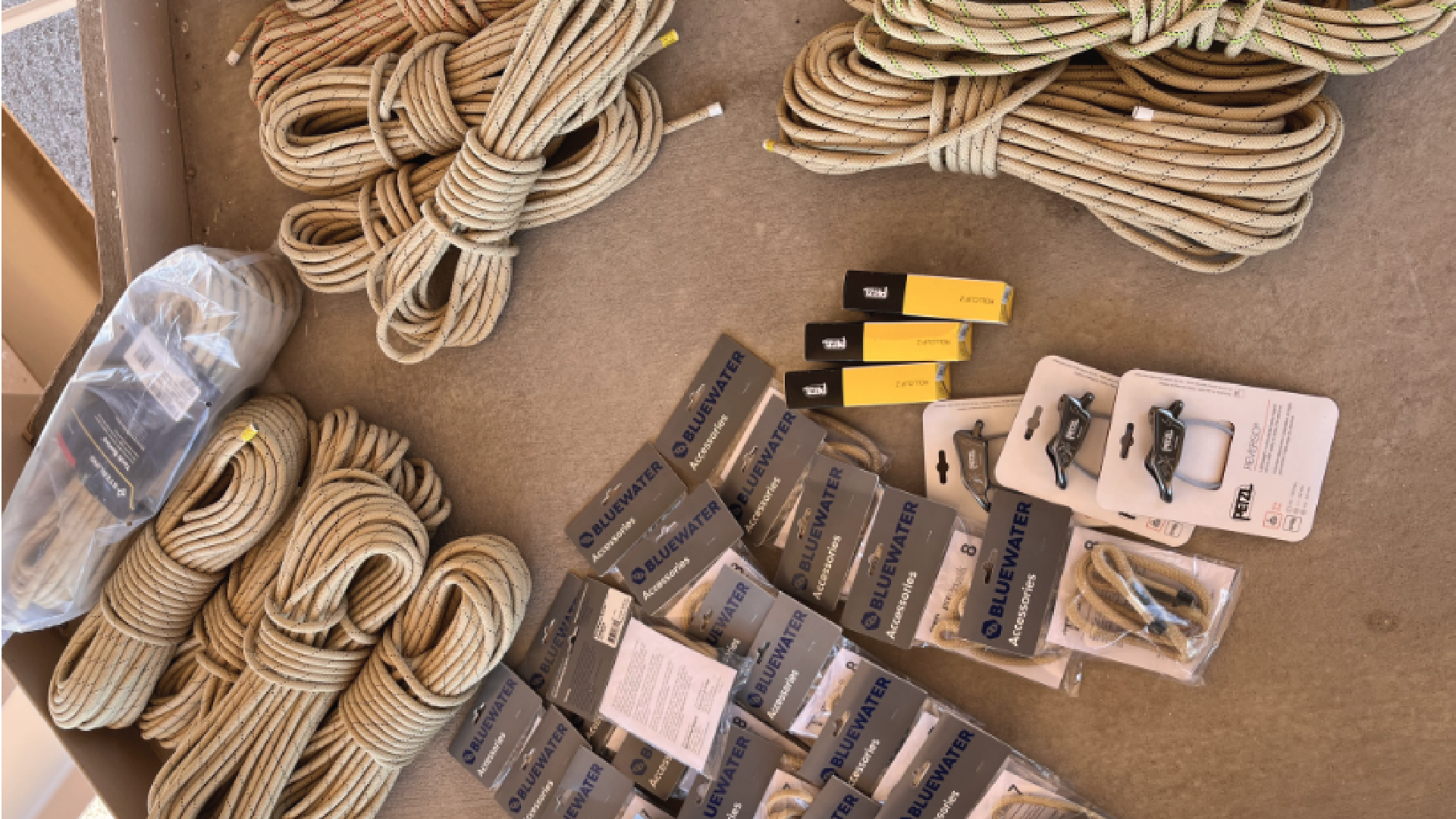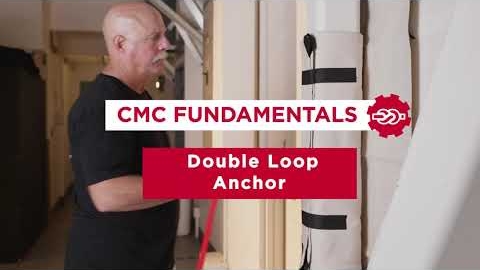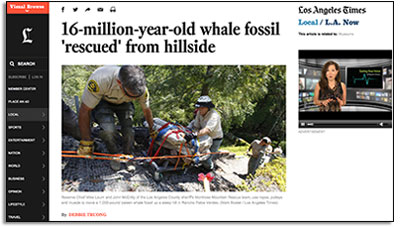
New Tricks Required For Old Bones
Our Montrose Search and Rescue team, a volunteer SAR affiliate of the Los Angeles County Sheriff’s Department, was recently asked by the Los Angeles Museum of Natural History to assist them with recovering a large fossil from a very difficult to access location. The 16-million-year-old baleen whale fossil was several hundred feet from the nearest road access and more than 100’ down a 30-degree slope. Originally the museum thought we could short-haul it with a rescue helicopter but its heavy weight made it impossible. We switched to more traditional manual methods which allowed us to practice some of our urban search and rescue skills that we rarely use in the wilderness.
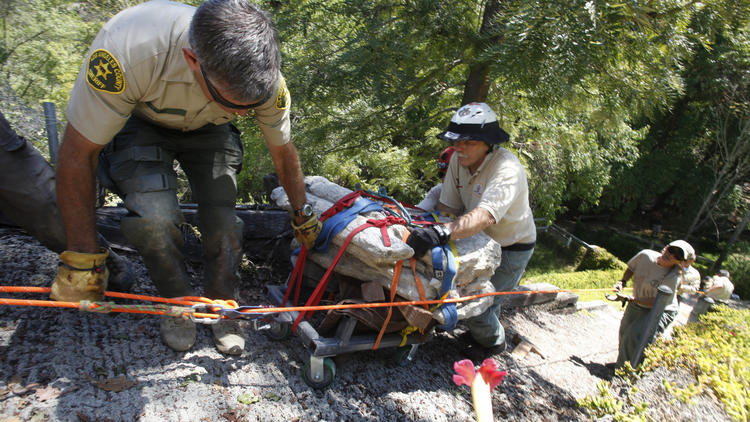
Photo courtesy of Mark Boster / LA Times. Reserve Chief Mike Leum and John Mckently of the Los Angeles County sheriff’s Montrose Mountain Rescue team, use ropes, pulleys and muscle to move a 1,000-pound baleen whale fossil up a steep hill in Rancho Palos Verdes.
The fossil was partially buried so we weren’t even sure of its actual size or weight. What we did know is that it had been moved there by a local man and his friends when they were teenagers about 35 years ago. He told us they used log rollers to move it up a much less steep grade and hoped to get it to his back yard but the final hill was just too much for them. In round numbers, it was 2 feet by 2 feet by 3 feet long and approximately 1,000-2,000 pounds. It was definitely going to take some mechanical advantage to lift and move it but it all had to be muscle powered.
The curator of the museum told us that fossilized baleen was extremely rare with approximately only 20 or so in existence worldwide. That means it’s very valuable and increased the pressure on the team to not damage the specimen. The rarity also translated into a lot of public interest and media coverage that can only happen in Los Angeles!
We got started by hand excavating as much of the soil around the fossil as possible. That way we could better judge its mass and shape, as well as secure some anchor straps around it to use as lifting slings. We set up a Sked rescue tripod over the load and originally considered lifting it using a rope with a 4:1 mechanical advantage. We changed that to a come along winch to keep the lift a little more in-line with the tripod and to better control the lift. For safety reasons we installed an Enforcer Load Cell into the system to confirm what the real mass was and therefore monitor our safety factors. The load was easily lifted by one person and it weighed 984 pounds. As soon as the fossil was clear of the hole, we placed 4 x 12’s under it and lowered it down. The timbers were about the same height as a dolly we had constructed to roll it up the hill. We moved the tripod two more times lifting and carefully sliding the load a few feet each time until we had it on the dolly. We probably over engineered the dolly a bit but we didn’t know the load at the time and we only had one chance. There was a location where we only had 27” of clearance between a house and a wall so it was custom made and was rated at over 3,500 pounds.
While the fossil was being moved and secured onto the dolly, other members of the team were placing anchors and rigging a complex 5:1 mechanical advantage to tow the loaded dolley up the hill. Even with 5” casters it was a tough pull but the complex MA system allowed the haul team to walk down the path as the load went up. Approximately 2/3 of the way to the top we had to stop, relocate the haul system to a new set of anchors, turn the dolly 90° and continue pulling up a switchback in the path. Once there, we rolled the dolly on a series of plywood tracks that prevented the wheels from sinking into the lawn, making rolling much easier. We passed through the narrow passages and out to the front of the house. There we set up the tripod once again to lift the fossil off of the dolly and onto a pallet on the museum’s truck for transport.
The entire operation took about four hours and required a dozen people and a cache of rescue equipment. The fossil arrived later that day in one piece, undamaged, and now rests at its new home at the Los Angeles Museum of Natural History.
John McKently
Montrose Search and Rescue Team
Los Angeles, California

